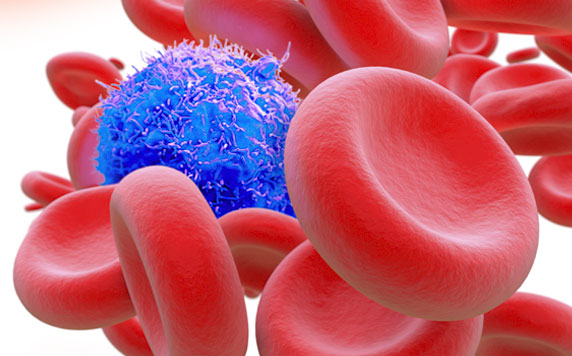ICTpost News Network
London, Jan 6: The world’s largest database for cancer drug discovery has been updated by adding three-dimensional structures of faulty proteins and maps of cancer’s communication networks, reports a study.
The updated database, developed at The Institute of Cancer Research, London, will allow scientists across the globe to design new cancer treatments more effectively, the study said.
“Our database is constantly growing with information and is the largest of its kind – with more than 140,000 users from over 175 countries, said team leader Bissan Al-Lazikani from The Institute of Cancer Research, London.

“And we regularly develop new artificial intelligence technologies that help scientists make predictions and design experiments. Our aim is that cancer scientists will be armed with the data they need to carry out life-saving research into the most exciting drugs of the future, Al-Lazikani noted.
The canSAR database was launched in 2011 by researchers in the Cancer Research UK Cancer Therapeutics Unit at The Institute of Cancer Research (ICR) – with the ambitious goal of using Big Data approaches to build a detailed picture of how the majority of known human molecules behave.
The database has already collated billions of experimental measurements mapping the actions of one million drugs and chemicals on human proteins, and has combined these data with genetic information and results from clinical trials.
The new version of canSAR uses artificial intelligence to identify nooks and crannies on the surface of faulty cancer-causing molecules, as a key step in designing new drugs to block them.
It also allows scientists to identify communication lines that can be intercepted within tumour cells, opening up potential new approaches for cancer treatment.
The study was published in the journal Nucleic Acid Research.







